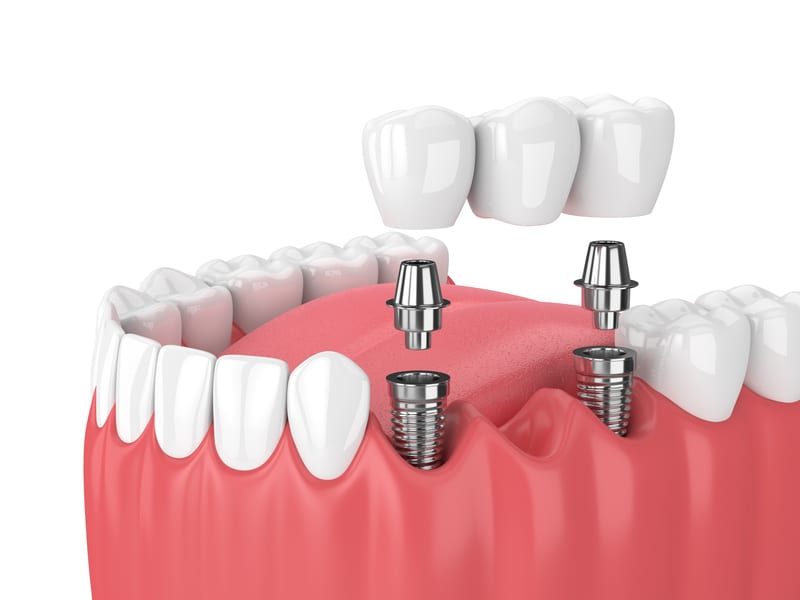
Facts and Myths About Dental Bridges
If you have a missing tooth, a dental bridge can replace that gap. Dental bridges require healthy teeth at either side of the missing tooth. These healthy teeth are known as abutment teeth. They act as a pillar to support the fake tooth that replaces the missing tooth. There are some misconceptions and facts regarding dental bridges that should be understood to gather proper knowledge about bridges. Before you decide if bridges are good for you and if you should consider getting a dental bridge, check out the facts and myths about dental bridges.
Types of Dental Bridges
- Traditional Bridge
- Maryland Bridge
- Cantilever bridge
- Implant-supported bridge
Myths About Dental Bridges
Myth 1: Pain During Masticating
When you first get your teeth bridged, you might feel mild discomfort while chewing but that’s not pain. Your teeth are not used to the arrangements and hence, need time adjusting to your food and lifestyle. But once they adjust, you will feel normal again.
Myth 2: Dental Bridges Don’t Last Long
Naturally, nothing lasts long if proper care isn’t taken. Similarly, dental bridges won’t last for a long time if you don’t ensure proper care. Establish proper oral hygiene and take care of your teeth. Brush twice and floss daily to keep the metal teeth and gums healthy. Pay a visit to your dentist every 3-6 months after getting a traditional bridge or dental implants. This way you can prolong the health of the bridge for more than 15 years.
Myth 3: Dental Bridges Cost a Lot of Money
Dental bridges can be expensive but with proper dental insurance plans, you can find it cheaper than any other dental procedure. Note that the cost of dental bridges can differ from the types of dental bridge you are getting and the materials used. For example, metal or porcelain might cost more than composite resin.
Facts About Dental Bridges
Fact 1: Dental Bridges Makes Your Teeth Look Good
While gold bridges aren’t a viable option for frontal teeth because the color is easily visible, porcelain or tooth-colored resins are made to match the colour of your natural teeth. This helps the teeth look natural. A dental bridge thus improves your smile.
Fact 2: The Procedure Is Painful
Not at all! Your dentist will examine your tooth’s condition at first and then administer a local anesthetic before the procedure. Anesthetic is used to block any sensation that may happen during the procedure such as pain and tingling sensations. You will feel nothing until the procedure is complete. After the effect of the anesthesia subsides, you might feel slight discomfort but that fades away quickly.
Fact 3: It Weakens the Abutment Teeth
Most dentists and patients opt for dental implants because the dental bridge can weaken the abutment teeth and this might cause pressure on those teeth, causing their strength to dwindle.
Fact 4: Multiple Surgeries Needed
This is yet another downside to dental bridges. The procedure requires two surgeries to place implants. The first surgery is done to place the implants into the teeth. You need to wait for five months or so before the second surgery. The second surgery is done to place and secure the bridge.
Dental Bridges near me – Charlotte, NC
These are some facts and myths about dental bridges. And don’t panic if you still have more questions. Your dentist has the expertise and knowledge to tell you more and perform the pain-free procedure.
If you reside in or nearby Charlotte NC and looking for the best dental clinic, District Dentistry is at your service. Schedule an online appointment via our website or call us at 704-910-5006 to get your dental work done.




